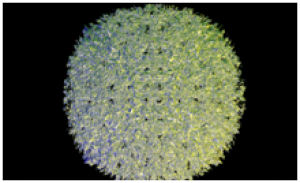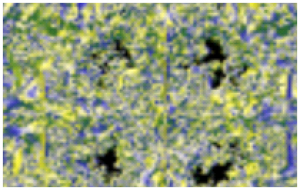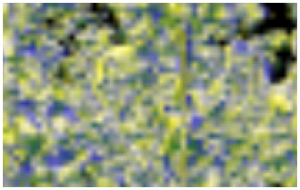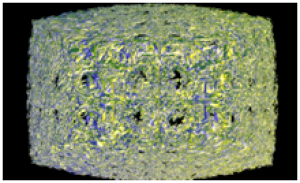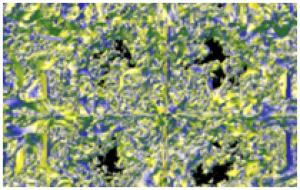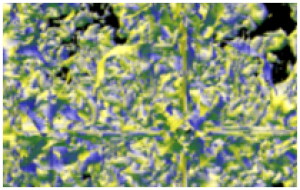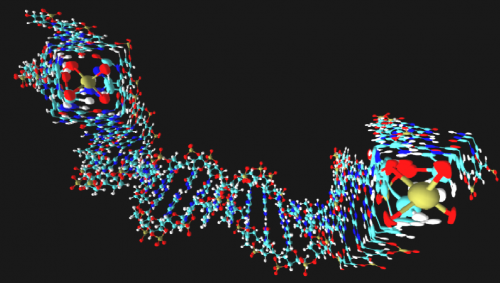| We introduce the general pinhole camera (GPC), defined by a center of projection (i.e. the pinhole), an image plane, and a set of sampling locations in the image plane. We demonstrate the advantages of the GPC in the contexts of remote visualization, of focus plus context visualization, and of extreme antialiasing, which benefit from the GPC sampling flexibility. For remote visualization we describe a GPC that allows zooming-in at the client without the need for transferring additional data from the server. For focus plus context visualization we describe a GPC with multiple regions of interest with sampling rate continuity to the surrounding areas. For extreme antialiasing we describe a GPC variant that allows supersampling locally with a very high number of color samples per output pixel (e.g. 1024x), supersampling levels that are out of reach for conventional approaches that supersample the entire image. The GPC supports many types of data, including surface geometry, volumetric, and image data, as well as many rendering modes, including highly view-dependent effects such as volume rendering. Finally GPC visualization is efficient—GPC images are rendered and resampled with the help of graphics hardware at interactive rates. |
